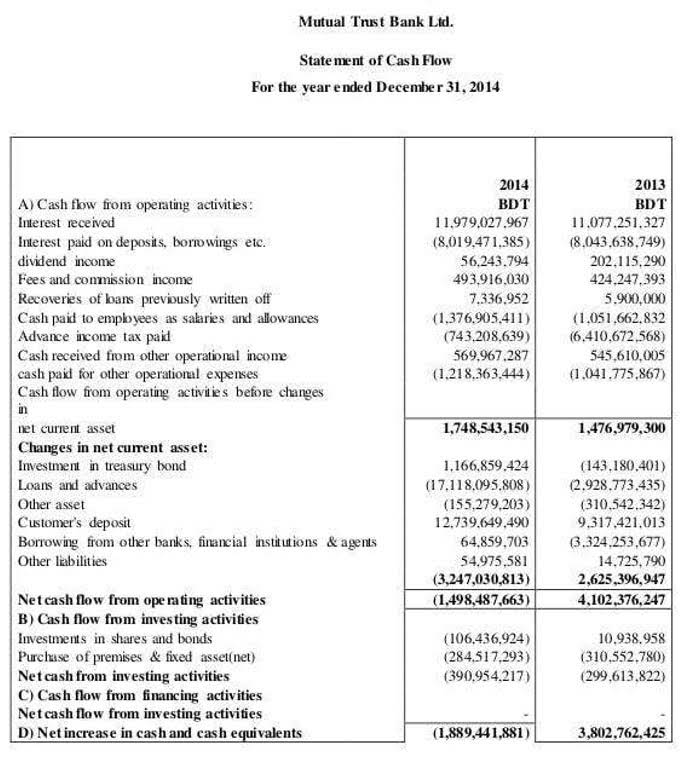
As far as accounting is concerned the owner and the business are two separate entities. This will help the accountant identify the business transactions from the personal ones. All forms of business organizations (proprietorship, partnership, company, AOP, etc) must follow this assumption. On May 28, 2014, the Financial Accounting Standards Board (FASB) and International Accounting Standards Board (IASB) jointly issued Accounting Standards Codification (ASC) 606. This highlights how revenue from contracts with customers is treated, providing a uniform framework for recognizing revenue from this source. Second, we need to identify the performance obligations in the contract.
Short-Term Revenue Recognition Examples
- This concept ignores any change in the purchasing power of the dollar due to inflation.
- So, according to the recognition principle, the revenue of trucks is to be recognized when risk and rewards related to the truck are transferred, or the truck is delivered, whichever is earlier.
- However, identifying intangible assets is inherently more difficult and subjective than identifying physical assets such as inventory and property.
- Equally, preparers should not be ‘overly prudent’ to the extent that they pick the lowest possible outcome simply to avoid the risk of overstating assets and income or understating liabilities and expenses.
This means that revenue is recorded only when there is a high degree of certainty that it will be received, and the earnings process is substantially complete. This approach helps in preventing the premature recognition of revenue, which can distort financial statements and mislead stakeholders. The accrual basis of accounting recognizes revenues and expenses in the period incurred, regardless of when cash is received or paid.
How To Write a Financial Accountant Resume (With Example)
Discover essential insights from our expertly curated accounting and finance blogs. Using this logical approach, it should be possible to identify which accounts will be affected and then consider how they will be affected. All of this can https://www.bookstime.com/ be explained by considering the transaction that was included in the discussion on accruals. This was that Andrea agrees to buy goods from Brian on 25 January and Brian agrees that Andrea can wait until 25 March to pay for the goods.
- One such technique is the use of percentage-of-completion accounting, particularly relevant for long-term projects like construction.
- As a result, financial statement users are more informed when making decisions.
- Jamal’s Music Supply allows customers to pay with cash or a credit card.
- When the delivery takes place, income is earned, the related revenue item is recognized, and the deferred revenue is reduced.
- One important area of the provision of services involves the accounting treatment of construction contracts.
Drawbacks of using the realization principle
Industry Practices Constraint – some industries have unique aspects about their business operation that don’t conform to traditional accounting standards. Thus, companies in these industries are allowed to depart from GAAP for specific business events or transactions. Materiality Concept accounting realisation concept – anything that would change a financial statement user’s mind or decision about the company should be recorded or noted in the financial statements. If a business event occurred that is so insignificant that an investor or creditor wouldn’t care about it, the event need not be recorded.
Overview of IFRS 3’s recognition and measurement principles
By having proper accounting standards such as US GAAP or IFRS, information presented publicly is considered comparable and reliable. As a result, financial statement users are more informed when making decisions. The SEC not only enforces the accounting rules but also delegates the process of setting standards for US GAAP to the FASB. It sells a $200 package of gardening equipment to a customer who pays on credit.
- Our writing and editorial staff are a team of experts holding advanced financial designations and have written for most major financial media publications.
- Regulators know how tempting it is for companies to push the limits on what qualifies as revenue, especially when not all revenue is collected when the work is complete.
- This would still not provide a fair presentation of the financial position or financial performance of the entity and, therefore, it is important that caution is exercised to avoid this as well.
- After each semester or quarter, your grade point average (GPA) is updated with new information on your performance in classes you completed.
- But immaterial facts, i.e. insignificant information should be left out.
- For example, the sale of a car with a complementary driving lesson would be considered as two performance obligations – the first being the car itself and the second being the driving lesson.
- Some companies that operate on a global scale may be able to report their financial statements using IFRS.
There is a complimentary FA2 article titled ‘Qualitative accounting characteristics’ (see ‘Related links’) which provides more detail on the qualitative accounting characteristics. Without these rules and standards, publicly traded companies would likely present their financial information in a way that inflates their numbers and makes their trading performance look better than it actually was. If companies were able to pick and choose what information to disclose and how, it would be a nightmare for investors. Accounting principles differ around the world, meaning that it’s not always easy to compare the financial statements of companies from different countries. Accounting information is not absolute or concrete, and standards are developed to minimize the negative effects of inconsistent data. Without these rules, comparing financial statements among companies would be extremely difficult, even within the same industry.

In transactions between businesses, it is common for payment not to be made on the same date that an order is made or that goods are transferred. This makes it easier for investors to analyze and extract useful information from the company’s financial statements, including trend data over a period of time. It also facilitates the comparison of financial information across different companies. Accounting principles also help mitigate accounting fraud by increasing transparency and allowing red flags to be identified.


For example, a business might have certain expenses that are paid off (or reduced) over several time periods. If the business will stay operational in the foreseeable future, the company can continue to recognize these long-term expenses over several time periods. Some red flags that a business may no longer be a going concern are defaults on loans or a sequence of losses.
Monetary Unit Assumption – assumes that all financial transactions are recorded in a stable currency. Companies that record their financial activities in currencies experiencing hyper-inflation will distort the true financial picture of the company. Cost Benefit Principle – limits the required amount of research and time to record or report financial information if the cost outweighs the benefit. Thus, if recording an immaterial event would cost the company a material amount of money, it should be forgone.